Building a bigger, more muscular chest is a key goal for many fitness enthusiasts, as a well-developed chest not only enhances your physique but also improves overall upper body strength and stability. The chest muscles play a major role in various pushing movements, supporting functional exercises like bench presses and push-ups, as well as aiding in daily tasks that involve lifting or carrying. Whether you’re a beginner just starting out or a seasoned lifter looking to break through a plateau, understanding the fundamentals of chest training can make a significant difference. In this ultimate guide, we’ll cover the anatomy of the chest muscles, essential exercises to target each area, and practical training principles for maximizing growth for the ultimate guide to chest workouts. By incorporating these exercises and tips into your routine, you’ll be well on your way to building a fuller, stronger chest that complements your fitness goals.
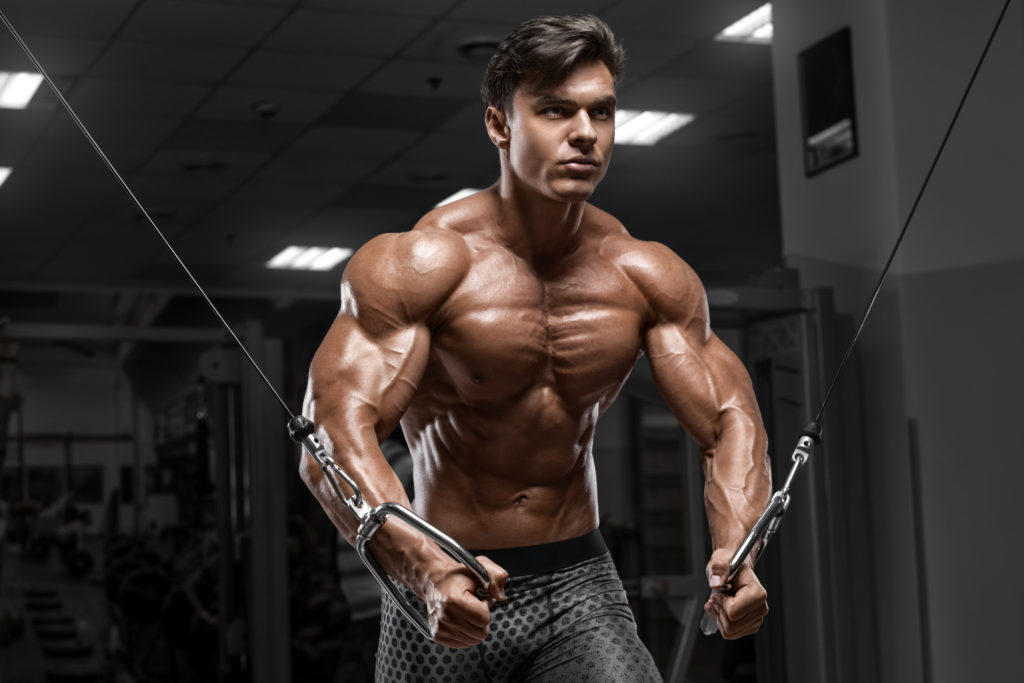
Understanding the Chest Muscles
The chest is one of the most prominent muscle groups, not only important for aesthetics but also for supporting a range of upper body movements. To effectively train and grow the chest, it’s essential to understand its anatomy and how each part contributes to different exercises. The two main muscles in the chest are the pectoralis major and the pectoralis minor, each playing a unique role in movement and function.
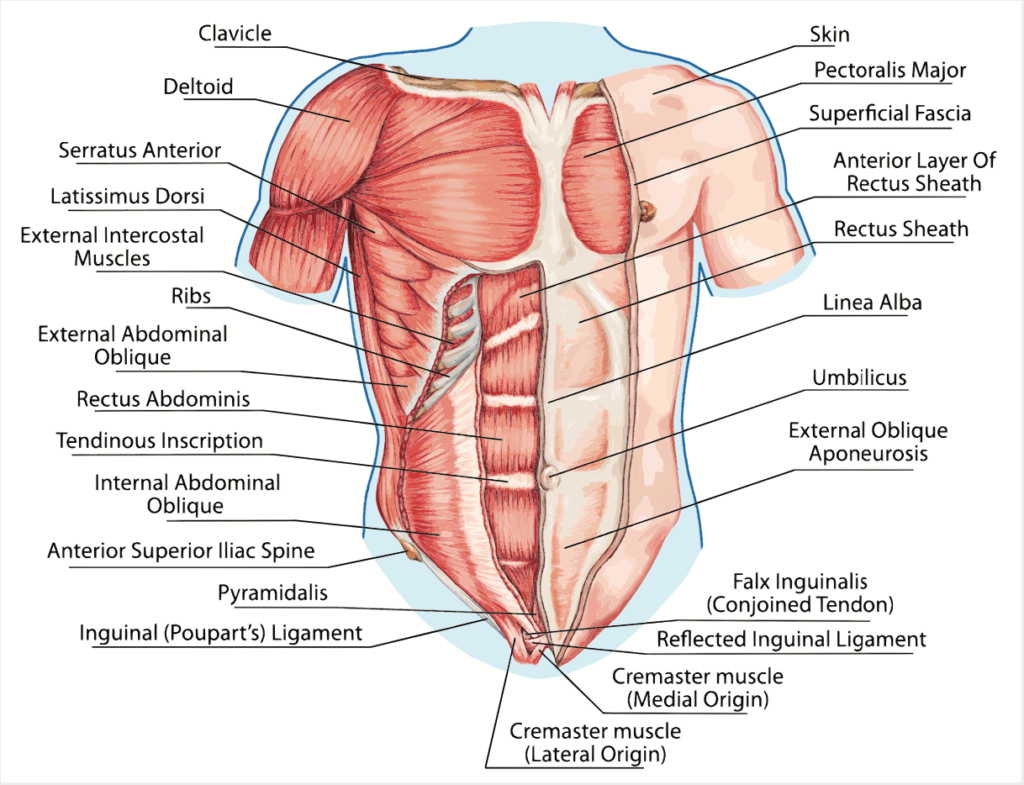
Pectoralis Major
The pectoralis major is the largest and most visible muscle in the chest. It is a fan-shaped muscle that spans from the collarbone (clavicle) and sternum down to the upper arm (humerus). This muscle is divided into two main parts, often referred to as the upper and lower chest:
- Clavicular Head (Upper Chest): This part of the pectoralis major attaches to the clavicle and is responsible for movements that bring the arms upward, such as incline presses and some overhead movements. Developing the upper chest can add fullness to the chest, creating a balanced, well-rounded look.
- Sternal Head (Lower Chest): The larger portion of the pectoralis major originates from the sternum and contributes to horizontal pushing movements, like the standard bench press or push-ups. The sternal head gives the chest its thickness and helps with powerful, forward-pushing motions.
These two portions of the pectoralis major work together during most chest exercises, though certain movements can emphasize one part over the other. For example, incline exercises target the upper chest more, while decline or flat exercises emphasize the mid to lower chest.
Pectoralis Minor
Beneath the pectoralis major lies the pectoralis minor, a smaller, triangular muscle that plays an important role in stabilizing the shoulder blade (scapula). The pectoralis minor connects the ribs to the scapula and helps pull the shoulder blade down and forward. Although the pectoralis minor is not typically a focus in chest exercises, it indirectly affects chest training by stabilizing the shoulder and allowing for more excellent range of motion and control in pressing exercises.
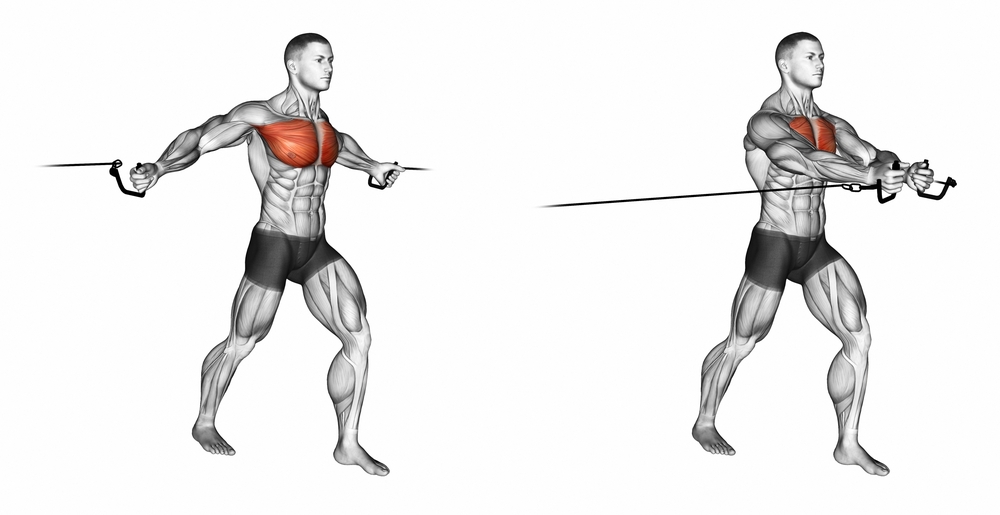
Why a Balanced Chest is Important
A well-rounded chest workout should target both the upper and lower portions of the pectoralis major for a balanced look. Focusing too heavily on one area—like only doing flat bench presses—can lead to an imbalanced appearance and possibly even postural issues over time. Developing the upper chest also helps to create a more defined “shelf” at the top of the chest, which is not only aesthetically pleasing but also helps improve shoulder stability and upper body strength.
By understanding how these muscles function and how to activate them during different exercises, you can more effectively target the entire chest and make your workouts more efficient. Each exercise selection, angle, and technique has a specific role in maximizing chest development, which makes having a solid grasp of the chest’s anatomy crucial for seeing optimal results.
Key Principles for Chest Growth
Building a bigger, stronger chest requires more than just lifting weights; it involves understanding and applying key training principles that drive muscle growth. By incorporating the following concepts, you can ensure your chest workouts are effective and lead to consistent gains.
Progressive Overload
Progressive overload is one of the most fundamental principles of muscle growth. It means consistently challenging your muscles with increased demand, whether by adding more weight, increasing repetitions, or intensifying your workout. For chest growth, this could mean gradually increasing the weight on your bench press, adding an extra set to your push-ups, or decreasing rest time between sets. Each small progression signals the chest muscles to adapt, grow, and become stronger.
Volume and Frequency
Volume refers to the total amount of work you do in a workout, typically measured in sets and reps. Research suggests that for optimal muscle growth, it’s beneficial to perform around 10–20 sets per muscle group per week, divided across 1-2 workouts. For chest workouts, this might include 3-4 exercises per session, with 3-5 sets per exercise. Frequency is how often you train a muscle group each week; for most people, training the chest 1-2 times per week allows for adequate recovery while maximizing growth.
Mind-Muscle Connection
The mind-muscle connection is the focus you apply to consciously engage the target muscle during exercise. Many people inadvertently shift the load onto their shoulders or triceps when training their chest. To improve activation, visualize your chest muscles contracting with each rep and avoid rushing through movements. For example, in a bench press, imagine “squeezing” the chest at the top of each rep. This focus increases muscle engagement, which can lead to better development over time.
Rest and Recovery
Muscles grow during rest, not during the workout itself. This makes rest and recovery crucial for chest growth. Aim for at least 48 hours between intense chest workouts, allowing time for muscle repair. Additionally, prioritize quality sleep, as this is when growth hormones are released, supporting recovery. Proper nutrition is also essential; consuming adequate protein (typically 0.8–1.2 grams per pound of body weight) and carbohydrates can help fuel workouts and repair muscles, setting the foundation for consistent growth.
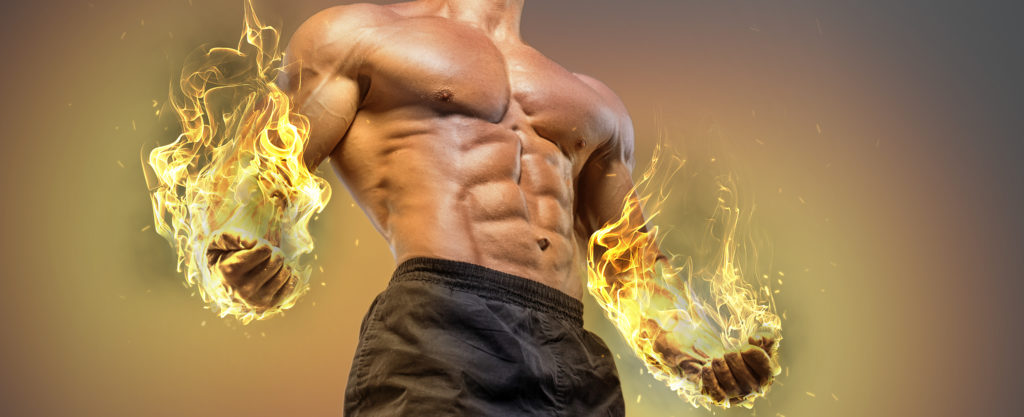
Best Chest Exercises
-
Bench Press
- Flat Barbell Bench Press: A staple for overall chest growth; explain setup, proper form, and common mistakes.
- Incline Barbell Bench Press: Focuses on the upper chest. Highlight differences from the flat bench and tips for form.
- Dumbbell Bench Press (Flat and Incline): Benefits of dumbbells for a greater range of motion and balanced strength.
-
Push-Ups
- Standard Push-Ups: Explain how push-ups target the chest and core.
- Incline and Decline Push-Ups: How changing angles can shift focus to the upper and lower chest.
- Weighted Push-Ups: Adding resistance for advanced lifters.
-
Chest Fly Variations
- Dumbbell Fly: Benefits for stretching and isolating the chest muscles. Tips for safe execution to avoid shoulder strain.
- Cable Fly (High, Low, and Mid): Target different parts of the chest by adjusting the cable angle. Emphasize slow, controlled movements.
-
Dips
- Chest Dips: How leaning forward emphasizes the chest. Include form tips and common errors.
- Assisted Dips (for Beginners): How to use an assisted dip machine or bands for support.
-
Machine Presses and Pec Deck
- Machine Chest Press: Benefits of machines for consistent resistance and stability.
- Pec Deck Fly: Great isolation exercise to hit the inner chest.
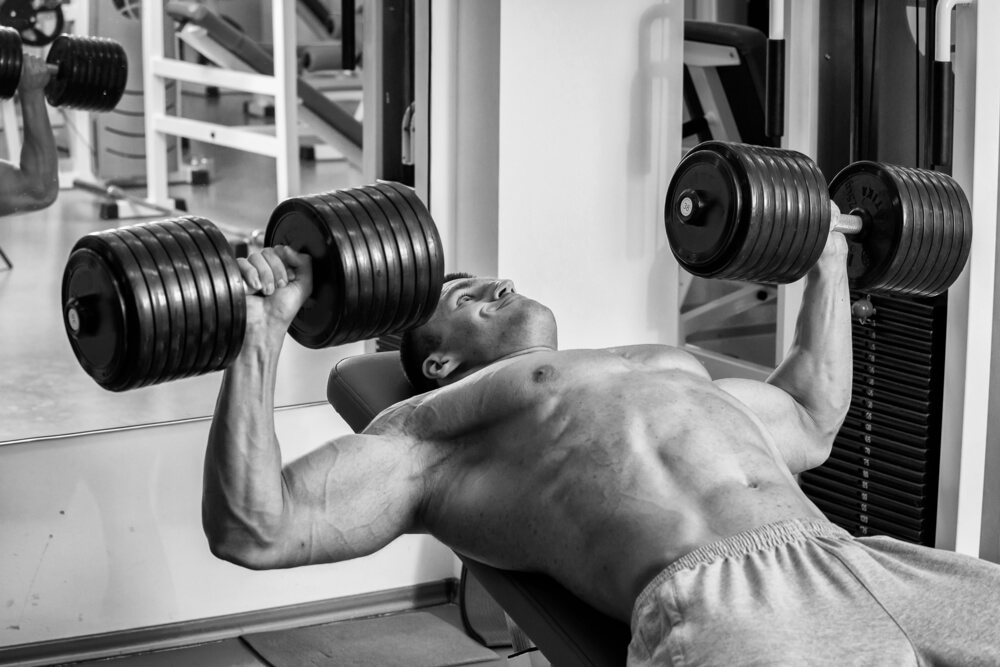
Sample Chest Workout Routines
Beginner Chest Workout
- 3 sets of Flat Dumbbell Press (8–10 reps)
- 3 sets of Incline Push-Ups (10–15 reps)
- 3 sets of Cable Fly (12–15 reps)
Intermediate Chest Workout
- 4 sets of Barbell Bench Press (6–8 reps)
- 4 sets of Incline Dumbbell Press (8–10 reps)
- 3 sets of Chest Dips (8–12 reps)
- 3 sets of Pec Deck Fly (10–12 reps)
Advanced Chest Workout
- 4 sets of Incline Barbell Bench Press (6–8 reps)
- 4 sets of Flat Dumbbell Press (8–10 reps)
- 4 sets of Weighted Chest Dips (8–10 reps)
- 3 sets of Cable Fly (10–12 reps)
- 2 sets of Push-Ups to Failure (Burnout)
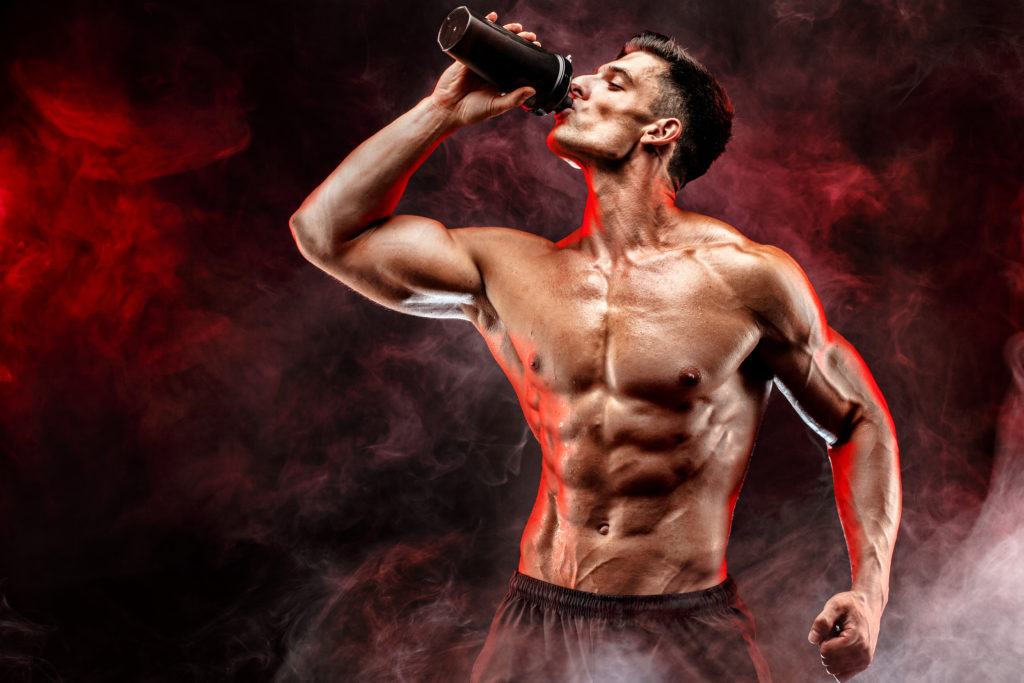
Tips for Maximizing Chest Growth
- Use Proper Form: Avoid arching your back or letting shoulders take over.
- Focus on Full Range of Motion: Ensures the chest is fully stretched and contracted.
- Time Under Tension (TUT): Increase the time the muscle is under load for each rep to stimulate growth.
- Train with Variations: Change exercises, angles, and weights to challenge the chest muscles in new ways.
- Include Compound and Isolation Movements: Compound lifts (like bench press) for strength, isolation (like flys) for muscle detail.
Common Mistakes to Avoid in Chest Training
- Neglecting the Upper Chest: Emphasize exercises like incline presses to balance the chest.
- Using Too Much Weight: Avoid ego lifting, which compromises form and increases injury risk.
- Skipping Warm-ups and Cool-downs: Outline the importance of preparing the chest and shoulders.
- Overtraining: Explain the importance of rest to avoid injury and allow muscles to recover.

Conclusion
Summarize the importance of a well-rounded chest workout routine, focusing on variety, form, and consistency. Encourage readers to track their progress, make adjustments, and stay patient with their training.
-Terry Asher
Terry Asher
Latest posts by Terry Asher (see all)
- Better Family – Product Review Liquid Daily 2 oz - Dec 16, 2024
- Post-Workout Recovery: The Key to Optimal Performance - Nov 25, 2024
- Pre-Workout Supplements – Everything You Need To Know - Nov 18, 2024










[…] Source link […]
[…] Source link […]